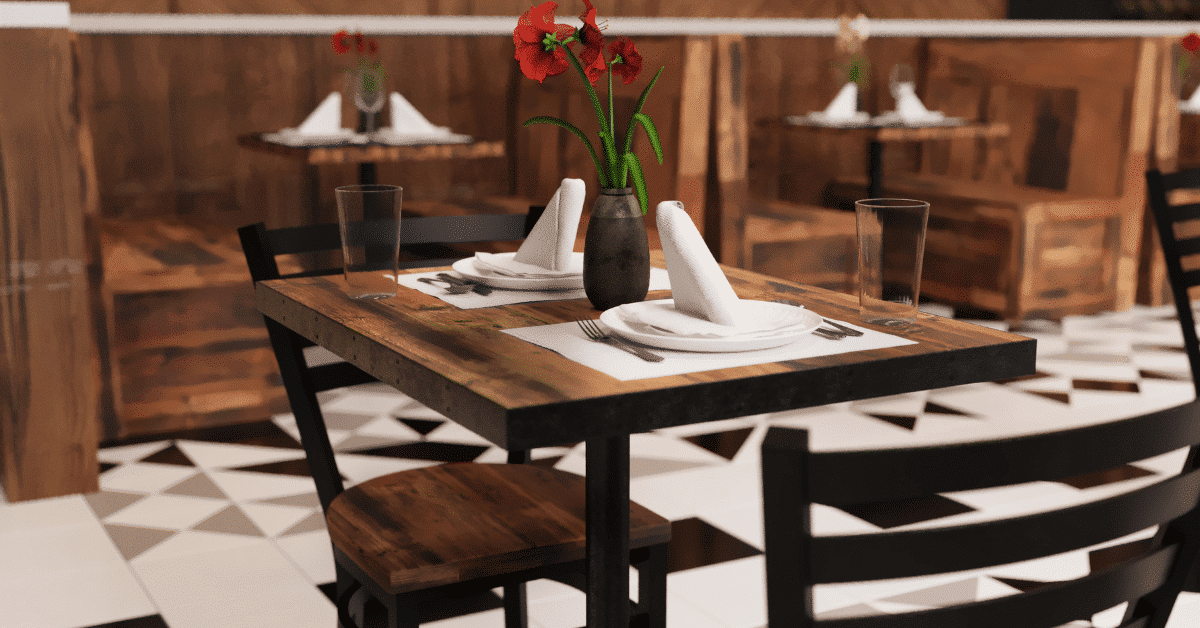Reclaimed Wood Paneling and Flooring: A Sustainable and Timeless Choice

Reclaimed wood paneling and flooring have emerged as a sought-after choice for homeowners, architects, and designers alike. The unique characteristics, historical significance, and eco-friendly attributes make reclaimed wood an attractive option for various applications. However, in this article, we delve into the world of reclaimed wood paneling and flooring, exploring its history, benefits, types, sourcing, and maintenance.
History of Reclaimed Wood
Reclaimed wood has been utilized for centuries as a building material, offering a sustainable option in times when resources were scarce. The practice of reusing wood from old barns, factories, and other structures has evolved, leading to a rise in popularity and demand for reclaimed wood in modern design projects.
Reclaimed wood offers a range of environmental benefits, including:
Resource Conservation
Reusing wood reduces the need for new timber, preserving forests and natural habitats, and minimizing the environmental impact of logging.
Waste Reduction
By utilizing reclaimed wood, waste from demolished structures is reduced, lowering the amount of construction and demolition debris in landfills.
Energy Efficiency
Reclaimed wood often has a high thermal mass, which can contribute to energy efficiency in buildings, reducing heating and cooling costs.
Aesthetic Appeal
Reclaimed wood paneling and flooring bring a sense of history, warmth, and character to any space. Additionally, the unique textures, knots, nail holes, and patina reflect the wood’s previous life, adding depth and authenticity that cannot be replicated with new materials.
Types of Reclaimed Wood
There are various types of reclaimed wood, each offering distinct characteristics and benefits. However, some popular options include:
Barn Wood
Salvaged from old barns and agricultural structures, barn wood offers a rustic and rugged appearance, with weathered surfaces and unique markings.
Reclaimed Oak
Known for its durability and attractive grain patterns, reclaimed oak is a versatile option suitable for both paneling and flooring.
Reclaimed Pine
Pine is a softwood with a distinct, warm color and pronounced grain pattern. In addition, it is often used for paneling, flooring, and furniture.
Sourcing and Authenticity
To ensure the quality and authenticity of reclaimed wood, it is crucial to source from reputable suppliers who adhere to strict deconstruction, cleaning, and processing standards. Further, look for certifications, such as the Forest Stewardship Council (FSC), which guarantee sustainable and responsible sourcing practices.
Installation and Maintenance
Reclaimed wood paneling and flooring require proper installation and maintenance to ensure longevity and preserve their unique characteristics. Some essential guidelines include:
Acclimation
Allow the reclaimed wood to acclimate to the environment before installation, minimizing the risk of warping or shrinkage.
Subfloor Preparation
Ensure the subfloor is clean, level, and structurally sound before installing reclaimed wood flooring.
Moisture Control
Use a moisture barrier or underlayment to protect the reclaimed wood from potential moisture-related issues.
Installation Methods
There are various methods to install reclaimed wood flooring, such as nailing, gluing, or floating. Therefore, it’s great to consult with a professional to determine the best approach for your specific project.
Finishing
Apply a high-quality finish to protect the reclaimed wood and enhance its natural beauty. However, options include oil-based finishes, water-based finishes, and hard wax oils.
Maintenance
Regularly clean reclaimed wood paneling and flooring with a damp cloth or soft-bristle vacuum attachment. Whereas, it’s good to avoid using harsh chemicals or abrasives, as they can damage the wood’s surface. Periodically reapply the finish as needed to maintain the wood’s appearance and protection.
Conclusion
Reclaimed wood paneling and flooring offer a sustainable and aesthetically appealing choice for various applications. By understanding the history, benefits, types, sourcing, installation, and maintenance of reclaimed wood, you can make informed decisions when incorporating this timeless material into your design projects. Therefore, embrace the unique character and eco-friendly attributes of reclaimed wood to create spaces that are both visually striking and environmentally responsible.
